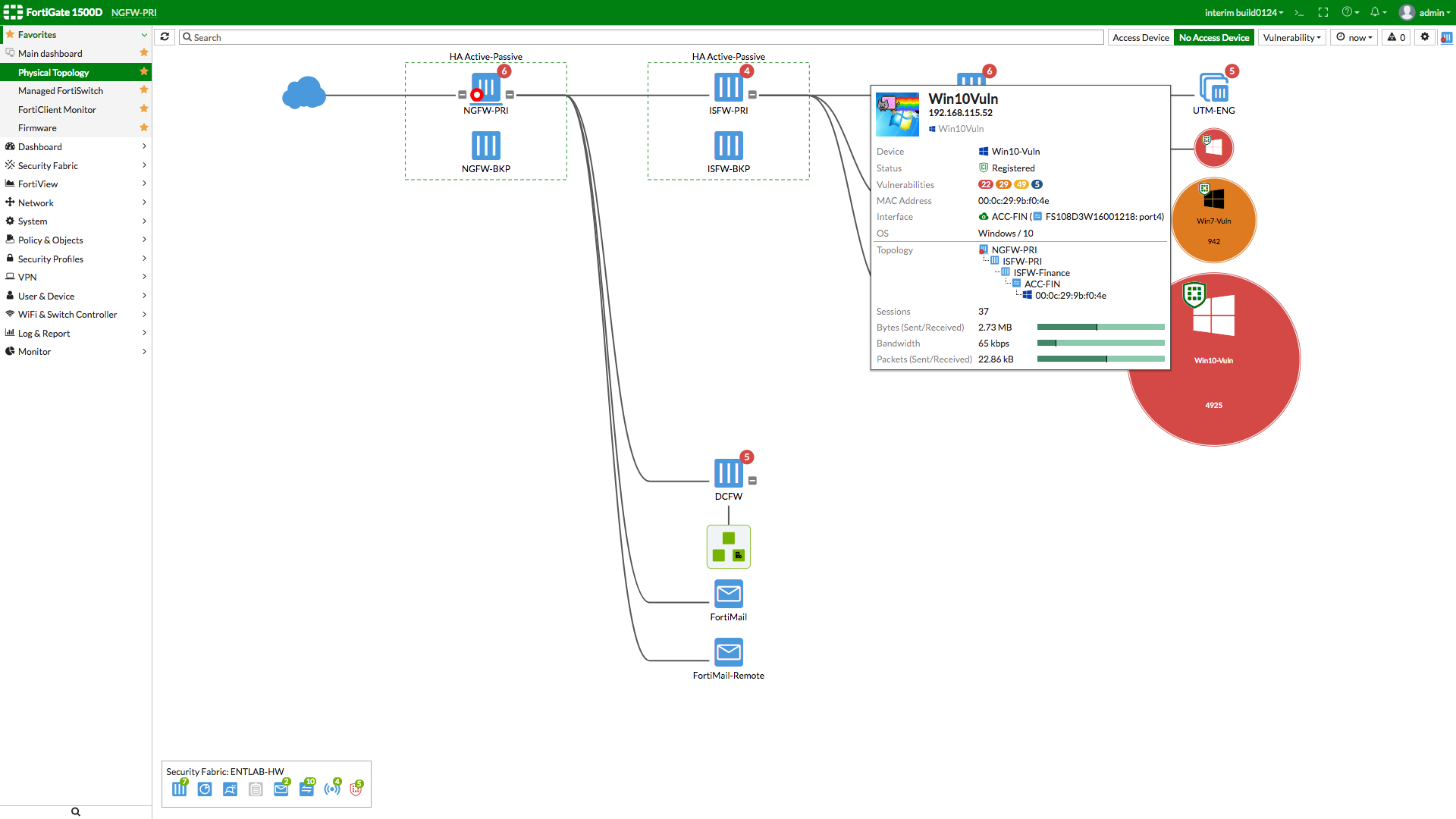
- #Fortinet vpn vulnerability full#
- #Fortinet vpn vulnerability code#
- #Fortinet vpn vulnerability windows#
#Fortinet vpn vulnerability code#
Multiple heap-based buffer overflow vulnerabilities in some web API controllers of FortiWeb 6.4.1, 6.4.0, and 6.3.0 through 6.3.15 may allow a remote authenticated attacker to execute arbitrary code or commands via specifically crafted HTTP requests.
#Fortinet vpn vulnerability windows#
Multiple command injection vulnerabilities in the command line interpreter of FortiWeb versions 6.4.1, 6.4.0, 6.3.0 through 6.3.15, 6.2.0 through 6.2.6, and 6.1.0 through 6.1.2 may allow an authenticated attacker to execute arbitrary commands on the underlying system shell via specially crafted command arguments.Ī missing encryption of sensitive data in Fortinet FortiClientEMS version 7.0.1 and below, version 6.4.4 and below allows attacker to information disclosure via inspecting browser decrypted dataĪn improper authorization vulnerabiltiy in FortiClient Windows versions 7.0.0 and 6.4.6 and below and 6.2.8 and below may allow an unauthenticated attacker to bypass the webfilter control via modifying the session-id paramater.Ī improper control of a resource through its lifetime in Fortinet FortiClientWindows version 6.4.1 and 6.4.0, version 6.2.9 and below, version 6.0.10 and below allows attacker to cause a complete denial of service of its components via changes of directory access permissions.

#Fortinet vpn vulnerability full#
A Hidden Functionality in Fortinet FortiOS 7.x before 7.0.1, FortiOS 6.4.x before 6.4.7 allows attacker to Execute unauthorized code or commands via specific hex read/write operations.Ī url redirection to untrusted site ('open redirect') in Fortinet FortiWeb version 6.4.1 and below, 6.3.15 and below allows attacker to use the device as proxy via crafted GET parameters in requests to error handlersĪ violation of secure design principles in Fortinet Meru AP version 8.6.1 and below, version 8.5.5 and below allows attacker to execute unauthorized code or commands via crafted cli commands.Ĥ Fortiadc, Fortimail, Fortisandbox and 1 moreĪ missing cryptographic steps vulnerability in the function that encrypts users' LDAP and RADIUS credentials in FortiSandbox before 4.0.1, FortiWeb before 6.3.12, FortiADC before 6.2.1, FortiMail 7.0.1 and earlier may allow an attacker in possession of the password store to compromise the confidentiality of the encrypted secrets.Īn improper access control vulnerability in FortiWLC 8.6.1 and below may allow an authenticated and remote attacker with low privileges to execute any command as an admin user with full access rights via bypassing the GUI restrictions.Ī improper neutralization of input during web page generation ('cross-site scripting') in Fortinet FortiWeb version 6.4.1 and below, 6.3.15 and below allows attacker to execute unauthorized code or commands via crafted GET parameters in requests to login and error handlersġ Forticlient Enterprise Management ServerĪn authentication bypass by capture-replay vulnerability in FortiClient EMS versions 7.0.1 and below and 6.4.4 and below may allow an unauthenticated attacker to impersonate an existing user by intercepting and re-using valid SAML authentication messages.Īn improper access control vulnerability in FortiWeb versions 6.4.1 and below and 6.3.15 and below in the Report Browse section of Log & Report may allow an unauthorized and unauthenticated user to access the Log reports via their URLs.ġ4 Fortigate-1100e, Fortigate-200f, Fortigate-2600f and 11 moreĪ heap-based buffer overflow in the firmware signature verification function of FortiOS versions 7.0.1, 7.0.0, 6.4.0 through 6.4.6, 6.2.0 through 6.2.9, and 6.0.0 through 6.0.13 may allow an attacker to execute arbitrary code via specially crafted installation images.


 0 kommentar(er)
0 kommentar(er)
